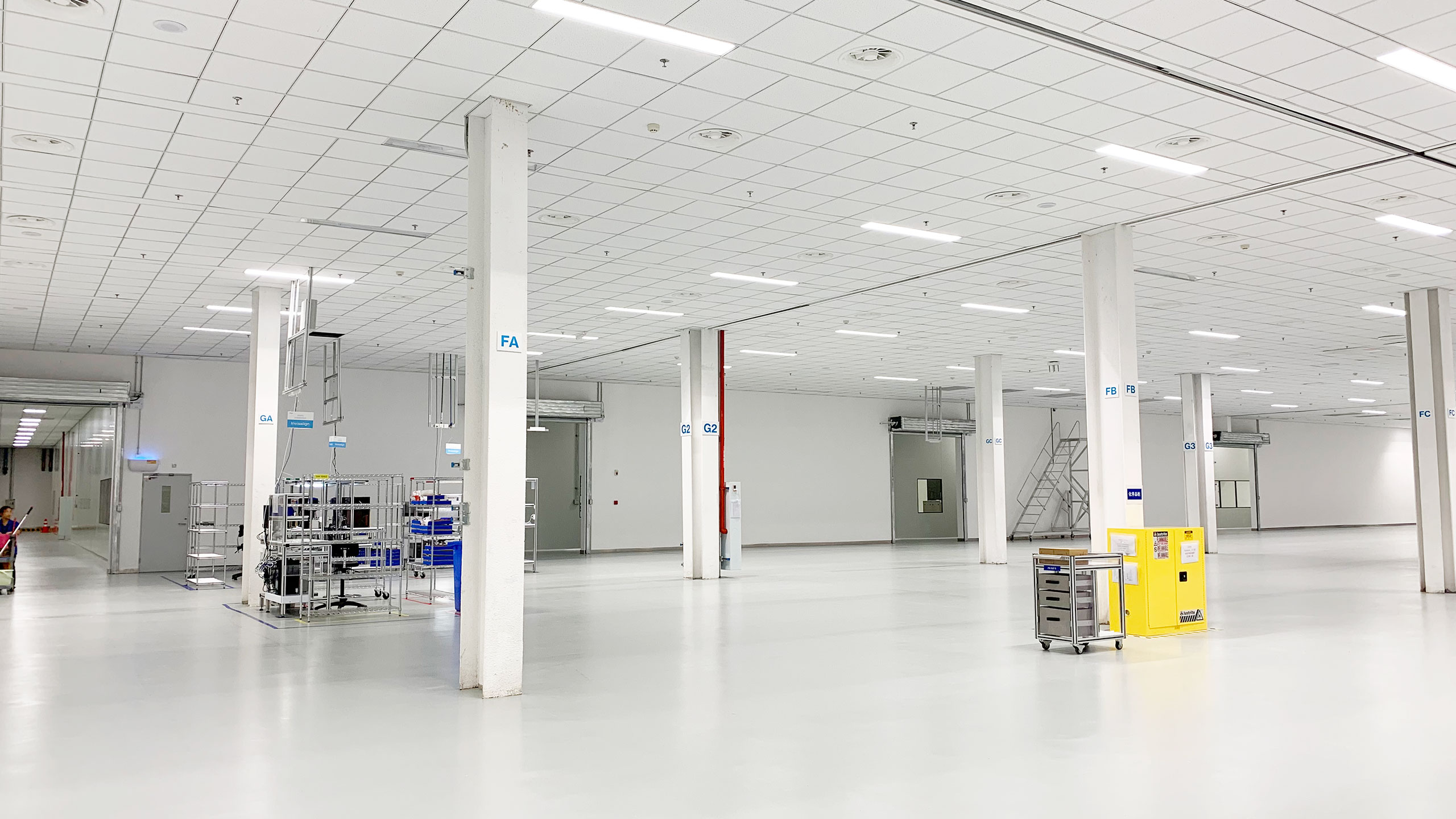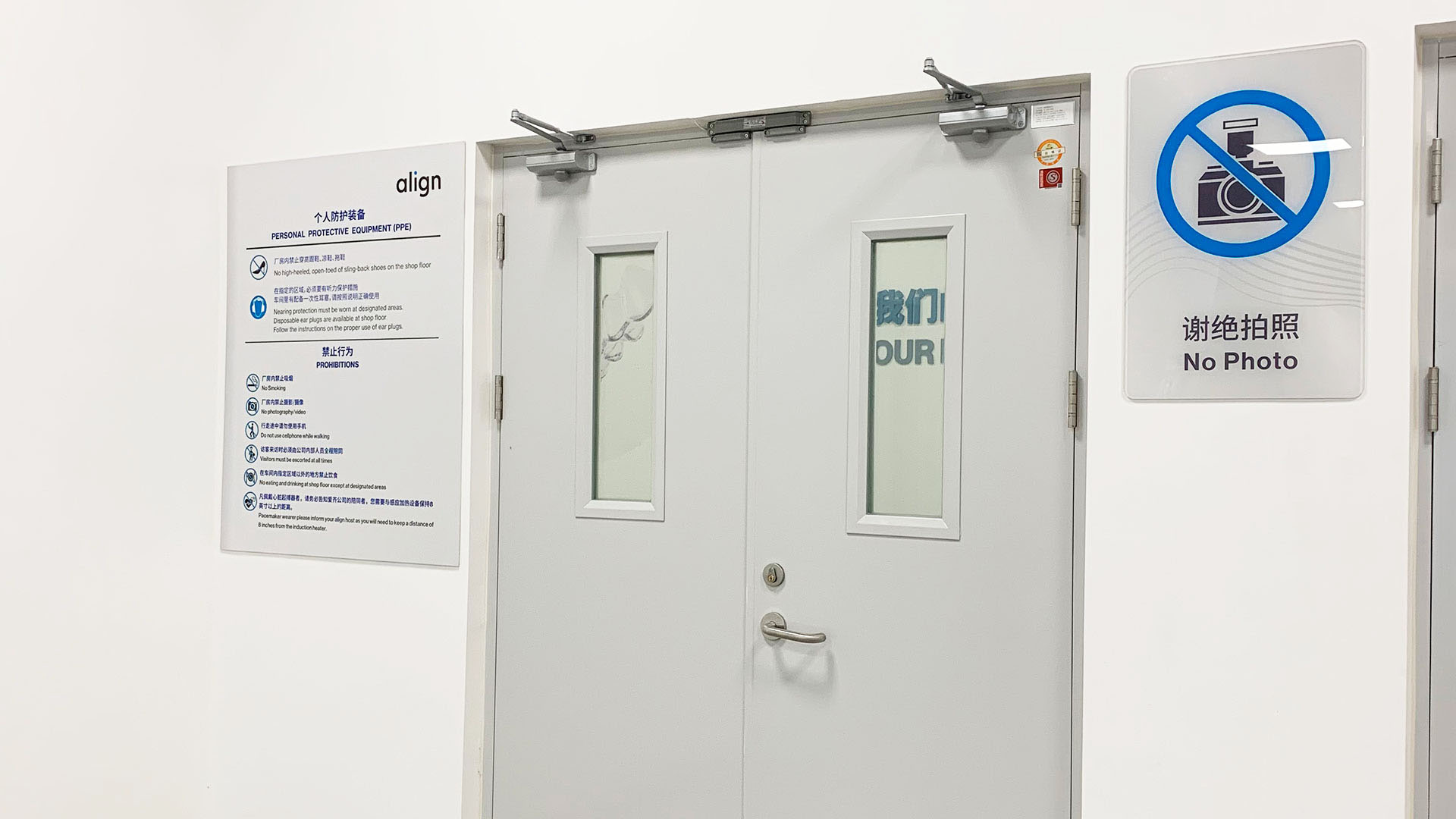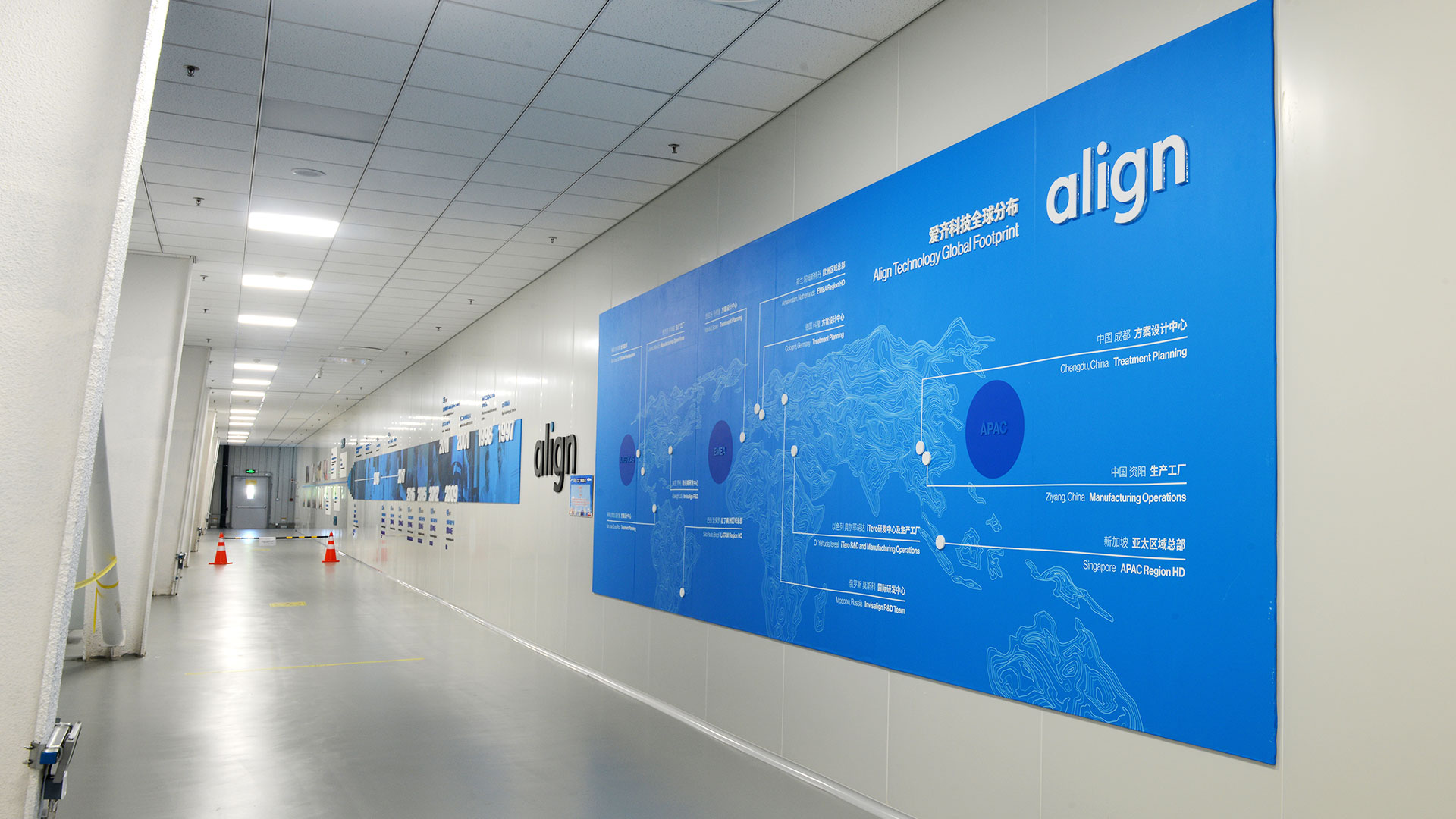Based on your needs
Customize your visual factory
We provide comprehensive visual services for your factory and office area based on our extensive project experience.
Click on the topics you are interested in. →
Click on the topics you are interested in. ↓
What is “Visual Factory”?
A visual factory is a term used to describe how data and information are communicated in a production environment. In lean manufacturing, while it is necessary to allocate resources and time for communication, it can also lead to some degree of waste. However, by utilizing visual methods to communicate information, such as signage, visual boards, and Andon lights, relevant personnel can easily access information and have a clear understanding of various aspects of the operation.
Visual Factory and Lean Manufacturing
Lean manufacturing relies on two-way information exchange throughout the entire organization. The more complex the production environment, the more important information exchange becomes. A visual factory is a tool that enables accurate and effective communication of information. The process of implementing a visual factory can be divided into two steps: 1. Determining what information needs to be conveyed, and 2. Deciding how to communicate that information.
The first step in implementing a visual factory is determining what information needs to be conveyed. By comparing the current state to the desired state, it is possible to identify the information that needs to be communicated. The information required to transition from one state to another must be conveyed, and the method of communication depends on the desired outcome. The location and method of information delivery also depend on the relevance of the information.
For example, process metrics are typically displayed in production areas, while machine statuses are usually shown on the machines themselves. Real-time delivery of this information is most effective. Work instructions are often posted in production areas, and highly visual work instructions with photographs and graphics can minimize production errors. In general, the more information conveyed visually, the smoother the communication process.
Advantages of Visual Factory
Efficient and timely communication allows an organization to fully unleash its potential. When all employees know what needs to be done, when it needs to be done, and how to do it, they can work more effectively. Providing sufficient visual information for factory employees offers the following benefits:
1. Reducing errors
One of the most common sources of errors in the production process is human error. Graphic work instructions, task lists, and visual cues help employees avoid forgetting or incorrectly executing any steps. This not only brings efficiency but also enhances safety. The clearer and more intuitive the instructions are, the less likely mistakes will occur.
2. Boosting employee morale
Providing clear, step-by-step, and logically placed visual instructions for complex processes gives employees confidence in their work. Additionally, having visual information in the factory floor, coupled with real-time feedback on progress, motivates them to achieve shift goals.
3. Increasing machine uptime
Visual information serves as quick reminders, eliminating the need for employees to rely solely on memory. This means processes such as handovers, maintenance, and downtime can be completed faster. Moreover, having clear visual indicators on each machine reduces mistakes made by employees. As a result, machine uptime is significantly extended, enhancing Overall Equipment Efficiency (OEE).
4. Reducing work-in-progress inventory
Visualizing and quantifying constraints are crucial. By focusing on constraints, it becomes easier to see what actions need to be taken to improve bottlenecks and reduce work-in-progress inventory. Constraints are often the key drivers of inventory buildup, so addressing them leads to inventory reduction.
Factory Layout
Many people may not realize that factory layout is also a form of visual management. The relative positions of various areas within the factory are already conveying information to workers and management. When designing the layout, the priority is given to the workflow, and the visibility of the entire workflow should be ensured as much as possible. The flow paths for workers within the facility should be efficient, and managers should have an easy view of the areas they need to focus on.

5S Visual Management
5S Visual Management is a management tool that focuses on organizing the workspace and maintaining a clean working environment. One of the key aspects of 5S is to clearly define specific locations for each tool, part, and material, thereby avoiding waste of time for employees searching for them.
Signage and Symbols
The walls and floors within the workshop’s workflow are important areas for conveying information. They should be arranged in appropriate positions and utilize a harmonious color scheme and scientifically chosen font size.

Data Visualization
Another example of visual management is displaying workshop data and information, such as key performance indicators, in real-time on electronic screens. This allows management personnel to easily observe whether the production line is keeping up with the production plan or if there are any abnormal situations on the production line. This information is often visible from a distance and is frequently color-coded to enhance its visibility and intuitiveness.
New Factory Layout
From the start of infrastructure construction, we can simultaneously initiate the design of the visual identity system and participate in factory area planning. This includes the design of guidance systems such as corporate signage, building numbering, and logistics pathways. It also covers operational instructions, health and safety signage, and other workshop management function boards. Additionally, it extends to promotional displays in areas like the entrance hall, visitor pathways, and office areas. This comprehensive approach creates a series of consistent visual communication elements.

Factory Upgrades and Optimization
We can tailor customized and comprehensive optimization solutions based on the existing conditions of the factory. This includes updating plans that are tailored to the specific circumstances of the factory. We can address various aspects such as deepening the business philosophy, promoting corporate culture, raising awareness of health and safety, and fulfilling the requirements of production management. Our solutions will be specifically designed to optimize the overall operations of the factory.